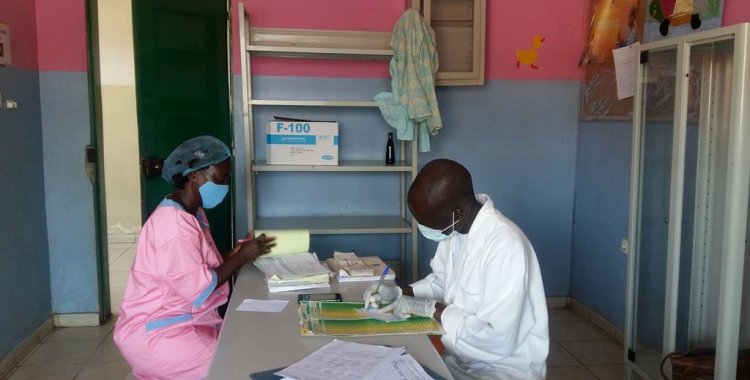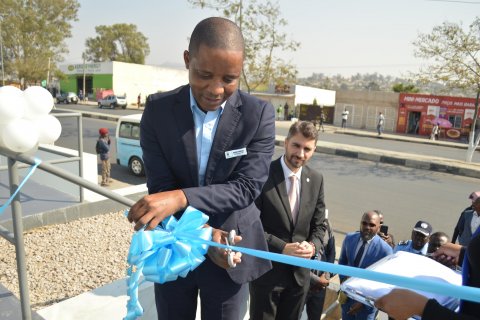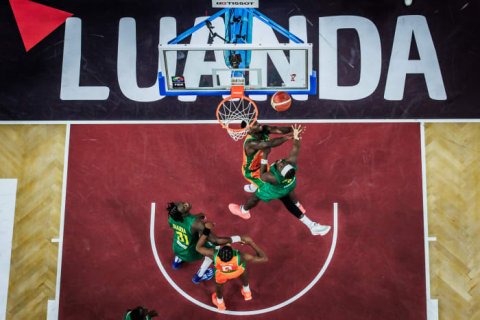Speaking to Lusa this Monday, the surgeon Hélder Agostinho, from Hospital Cajueiro, in the municipality of Cazenga, province of Luanda, explained that the patient is following her recovery process.
The case was disclosed by the patient's relatives, who, given her health status, which they considered "very serious", turned to the media to denounce the situation.
According to Hélder Agostinho, the wound presents a favorable evolution and the medical team is satisfied with the work being carried out.
"She is a patient who is being treated in a multidisciplinary way, the doctors who received her are from the maternity ward, because she began to be handled, first, in a hospital on the outskirts, where her delivery was complicated and she came here with bleeding, discomfort and was attended by the gynecology service", he explained.
Hélder Agostinho advanced that the cesarean section was performed when "the fetus was already devitalized", and the 28-year-old patient, who was in her fourth delivery, remained hospitalized.
Days later, she started with a surgical complication, with abdominal distention and secretion from the wound.
"She was taken to the operating room, where it was seen that a hysterectomy was to be performed (removal of the uterus because of the infectious process), which according to obstetricians and gynecologists is related to the death of the baby", explained the doctor.
In this surgery, it was noticed that the patient had secretions produced by the liver, which usually do not appear "in the abdominal cavity", and it was from there that he was called to intervene, about a week ago.
"Last week, when the patient already had intermediate care criteria, they asked for the evaluation of surgery, because they saw that the probe was completely stained with blood", he said.
Due to the fact that no urologist was found in the service, the patient was referred to the Américo Boavida Hospital, where she was allegedly mistreated, according to her own and family members' reports.
"This interfered a lot, both in the psyche of the patient and her family members, but she was evaluated, we have written evidence, she was seen by a urologist, she underwent treatment and came back here", underlined Agostinho.
Back at Cajueiros Hospital, the medical team continued the patient's treatment, according to the surgeon, who confirmed that the family was uncomfortable with the suture used.
Hélder Agostinho states, however, that it is "classic" and "very used by all surgeons".
"Even I [who] graduated in Cuba. In Cuba it was used frequently. The procedure is [done] in critically ill patients, patients with malnutrition, with anemia, with very strong abdominal walls, who need reinforcement", he highlighted in his explanation.
The doctor also argued that "these stitches are usually made with ordinary suture thread, a little thicker and reinforced with pieces of [tube of] saline".
"It was the material that we used, this gives stability to the stitch and also makes the permanence of these stitches not create other lesions in the patient's wound. They must remain in a minimum period of 21 days", he added.
"We used this material, it was effective, and we didn't find any other situation that could endanger the patient's life. The removal has already been done, I evaluated the wound and removed the stitches, because the wound is already consolidated too", he assured.
Regarding the criticism of family members, Hélder Agostinho considers that they are "people who do not know the matter".
"For us, it is a very common point used in surgery and that does not endanger the patient's life, because if we are trained to save lives, we will hardly try to do something that goes against the principles of surgery and against the patient's life", he said.
The doctor highlighted that the patient's health condition still inspires care, with a reserved prognosis in view of the difficulty in walking, due to edema in the lower limbs and face.







